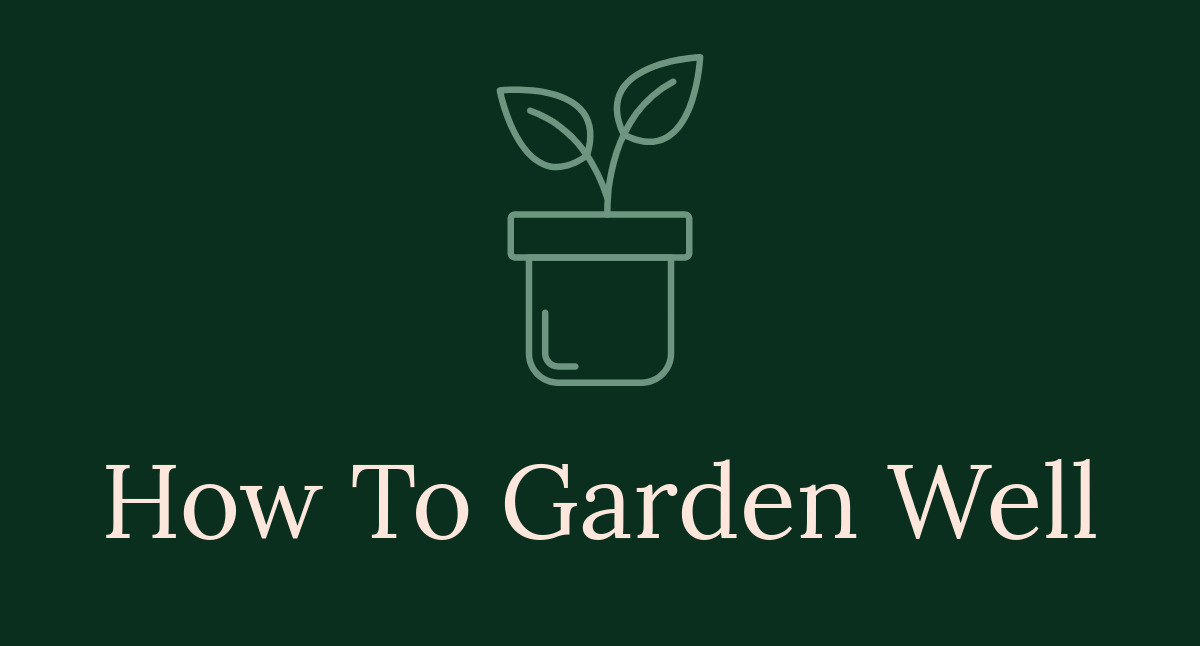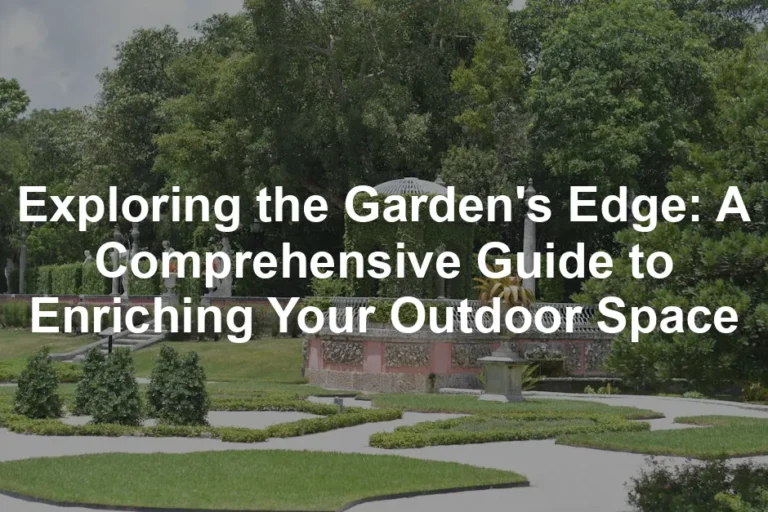
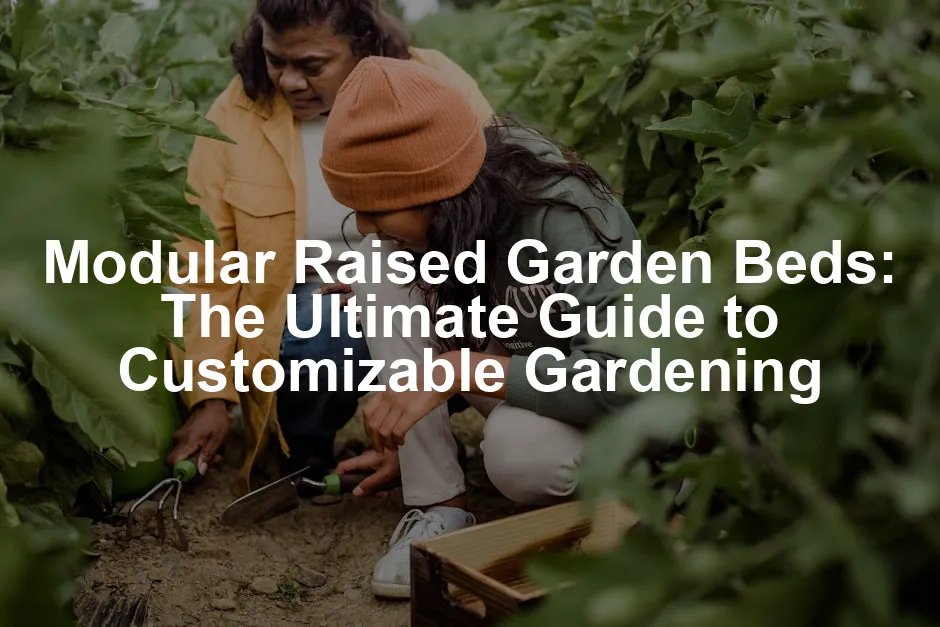
Modular Raised Garden Beds: The Ultimate Guide to Customizable Gardening
Introduction
Modular raised garden beds are becoming quite popular among gardeners. These innovative beds provide a flexible solution for diverse gardening needs. Whether you have a small balcony or a spacious backyard, modular designs fit perfectly. They cater to both beginners and seasoned gardeners alike, making gardening accessible to everyone.
And if you’re looking for a solid kit to start your modular gardening journey, check out the Vego Garden 17″ Tall 10-in-1 Modular Metal Raised Garden Bed Kit. It’s versatile, stylish, and lets you customize your garden to your heart’s content!
Summary and Overview
So, what exactly are modular raised garden beds? They are customizable gardening containers that you can adjust in size and shape. One of the main advantages is their versatility. You can easily assemble and disassemble them, adapting to your gardening requirements. They maximize space effectively, allowing for efficient gardening in limited areas.
These beds are suitable for various plants, including vegetables, herbs, and flowers. By using sustainable materials, they also promote eco-friendly gardening practices. This approach helps reduce waste and supports a healthier environment.

Benefits of Modular Raised Garden Beds
Customization Options
One of the best features of modular raised beds is their adaptability. You can configure them into different shapes and sizes to suit your garden’s layout. Want a long, narrow bed along a fence? No problem! Need a square setup for a patio? You got it! These beds give you the flexibility to expand or reduce their size as your gardening needs change.
Improved Soil Quality
Raised beds significantly enhance soil quality. They promote better drainage and aeration, crucial for healthy plant growth. You can also control the soil composition, ensuring it meets the specific needs of your plants. This level of control allows you to create the ideal environment for thriving vegetables, herbs, or flowers.
Accessibility and Ergonomics
Gardening should be enjoyable, not a strain on your back. Modular raised beds elevate your planting area, making it easier to reach without bending over. This design is especially beneficial for those with mobility issues. You can even customize the height for wheelchair accessibility, ensuring everyone can participate in gardening.
If you’re looking to make gardening even more comfortable, consider a Garden Kneeler and Seat. It provides a cushioned area to kneel or sit, making your gardening tasks a lot easier on your knees and back!
Pest and Weed Control
Raising your garden beds helps deter pests and weeds. The elevation makes it harder for pests to invade your plants. Plus, fewer weeds mean less time spent on maintenance. You can also easily use protective coverings to shield your plants from unwanted visitors.
In summary, modular raised garden beds offer an array of benefits. Their customizable nature, improved soil quality, ergonomic design, and pest control make them an excellent choice for any gardener. Whether you’re just starting or looking to enhance your gardening experience, consider these versatile solutions.

Types of Modular Raised Garden Beds
Materials Used
When it comes to materials for modular raised beds, choices are abundant. Metal, wood, and plastic each have unique benefits. Metal beds, like galvanized steel, are durable and weather-resistant. They can last over 20 years with proper care.
Wooden beds offer a natural look and good insulation. However, they may require more maintenance. Pressure-treated wood can resist rot, extending their lifespan. For those who want a little more ease, consider a Birdies Original Range Modular Raised Garden Bed. It’s known for its longevity and flexibility!
Plastic options are lightweight and easy to assemble. They typically resist fading and cracking. Each material has its appeal, so consider your garden’s style and needs.

Design Configurations
Modular raised garden beds come in various configurations. Rectangular beds are popular for their straightforward design. They fit snugly against walls or fences.
Circular beds add a unique flair to gardens. They can serve as focal points or space dividers. L-shaped designs are perfect for corners or maximizing space.
Consider popular designs like the 4-in-1 modular bed. This offers options for standard, square, rectangle, or narrow layouts. Each configuration has its benefits, allowing you to customize your gardening experience.
Height Options
When choosing a modular raised garden bed, height matters. You can find beds ranging from 8 to 32 inches tall. Each height serves different purposes and plant types.
Shorter beds, around 8 to 12 inches, work best for shallow-rooted plants. Think herbs, salad greens, or small flowers. These plants thrive in less soil but need good drainage.
Medium-height beds, about 17 to 24 inches, suit many vegetables. Plants like tomatoes and peppers will flourish here. The added depth allows for better root development, enhancing growth.
For deeper-rooted plants, taller beds, like those 30 inches or more, are ideal. Root vegetables, such as carrots and potatoes, prefer the extra space. They can grow freely, resulting in healthier yields.
Moreover, the height of your garden bed influences accessibility. Taller beds reduce strain on your back when planting or harvesting. They’re perfect for those with mobility challenges. You can also design raised beds for wheelchair access, ensuring everyone can join in the fun of gardening.

How to Assemble Modular Raised Garden Beds
Tools Needed
Assembling your modular raised garden bed is straightforward. You’ll need basic tools for the job. Gather a drill, screwdriver, level, and measuring tape.
Optional tools can make the process smoother. A rubber mallet helps fit pieces snugly without damage. A garden trowel is handy for soil adjustments later on. Speaking of trowels, a Garden Trowel Set is a must-have for digging and planting!
Step-by-Step Assembly Instructions
Start by selecting a flat area for your bed. This ensures stability. Lay out all parts according to the instructions.
Begin assembling the corners first. Use screws to secure them tightly. Ensure each corner is at a right angle for stability. Use a level to check alignment as you go.
Once the frame is ready, attach the panels securely. Ensure everything is flush for a neat appearance. Finally, double-check that all screws are tight.
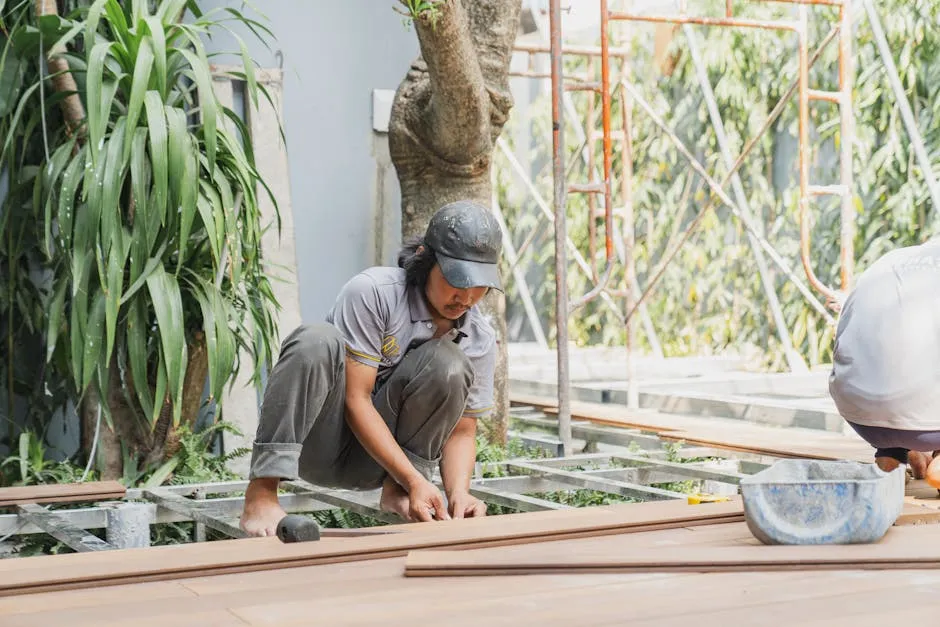
Maintenance Tips
To maintain your modular raised beds, start with regular cleaning. Remove weeds and debris to keep pests at bay. A simple garden hose rinse will keep the surfaces looking fresh.
In winter, consider winterizing your beds. Cover them with a protective tarp or plastic to shield from harsh weather. This will prolong their lifespan. Don’t forget to check your soil moisture with a Soil Moisture Meter to ensure your plants are getting the right amount of water!
Watch for common issues, like rust on metal beds. If you notice any, treat affected areas promptly to prevent further damage. Keeping your beds clean and well-maintained will ensure they last for many growing seasons.
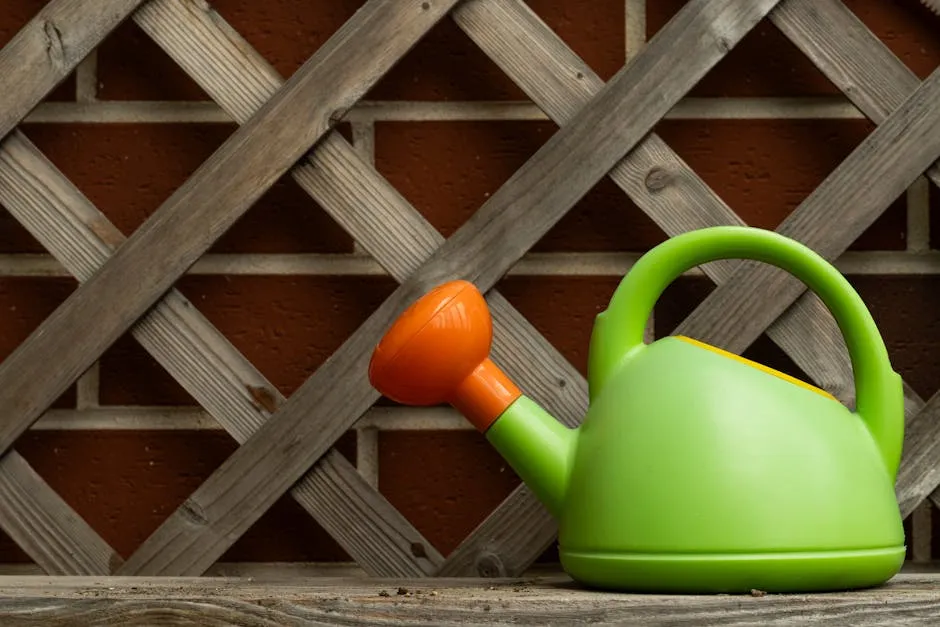
Choosing the Right Modular Raised Garden Bed
Factors to Consider
When selecting a modular raised garden bed, several factors come into play. First, consider the size. Think about the space you have available and what you’re planning to grow. A larger bed allows for more plants, while a smaller one fits better in tight spots.
Next, look at the material. Options include wood, metal, and plastic. Each has its benefits. Wooden beds offer a natural look and good insulation, while metal beds are durable and long-lasting. Plastic is lightweight and easy to assemble.
Design is another crucial factor. Modular beds offer various shapes and configurations. Do you prefer a traditional rectangular bed or something more unique? Choose a design that complements your gardening style and available space.
Lastly, budget matters. Prices can vary significantly based on size and material. Set a budget before you shop to narrow down your options. Remember, investing in quality usually pays off in durability and ease of use.

To align your choice with your gardening goals, ask yourself what you want to grow. If you’re focused on vegetables, ensure the bed is deep enough. For flowers, a shallower bed might suffice. Tailor your choice to suit your specific needs.
Popular Brands and Products
Several brands stand out in the modular raised bed market. One notable option is Vego Garden, known for its durable metal beds. Their 17″ Tall 10-in-1 Modular Metal Raised Garden Bed Kit offers multiple configurations and colors, making it ideal for various gardening styles.
Another great choice is Birdies, which offers high-quality metal beds known for their longevity. Their Original Range provides flexibility in design and size, catering to different gardening preferences.
IDZO also deserves mention. Their 12-in-1 Modular Raised Bed features a stylish design and is made from corrosion-resistant galvanized steel. It combines practicality with aesthetics, making it a popular choice among gardeners.

These brands provide reliable products, ensuring you find a modular raised garden bed that meets your gardening needs.

Gardening Tips for Modular Raised Beds
Best Plants for Modular Beds
Modular raised beds are perfect for various plants. Vegetables like tomatoes, peppers, and lettuce thrive in these setups. They benefit from improved drainage and soil quality. Herbs such as basil, cilantro, and parsley also do well. You can easily access them from different angles.
Flowers can flourish in raised beds too. Marigolds, zinnias, and petunias add color and beauty. When choosing plants, consider their sunlight and water needs to ensure compatibility.
Companion planting strategies for increased yield can significantly boost your yield. For example, plant tomatoes alongside basil to enhance flavor and deter pests. Similarly, carrots and onions coexist well, as they repel each other’s pests. Creating a harmonious ecosystem in your raised bed maximizes space and productivity.
Mixing plants can also deter pests naturally. Incorporate flowers that attract beneficial insects, like ladybugs and bees. They help pollinate and control harmful pests, leading to a healthier garden.

Soil and Fertilization
The soil you choose plays a vital role in your garden. Aim for a mix that includes compost, peat moss, and perlite. This combination ensures good drainage while retaining moisture. Regularly test your soil to maintain optimal pH levels.
When it comes to fertilization, both organic and synthetic options are available. Organic fertilizers, like compost or well-rotted manure, enrich your soil naturally. Synthetic fertilizers can provide quick nutrients but may affect soil health over time.
Incorporate a slow-release fertilizer at planting time. This helps your plants thrive throughout the growing season. Adjust your fertilization based on plant needs and growth stages for the best results.

Watering Techniques
Effective watering is crucial for raised beds. Drip irrigation systems are an excellent choice for consistent moisture. They deliver water directly to the roots, minimizing evaporation.
Consider self-watering setups for added convenience. These systems allow plants to draw water as needed, reducing the frequency of manual watering. This can be especially beneficial during hot summer months.
Always monitor soil moisture levels. Overwatering can lead to root rot, while underwatering stresses plants. Aim for a consistent watering schedule to keep your garden thriving.

FAQs
What are modular raised garden beds?
Modular raised garden beds are customizable containers allowing various shapes and sizes for planting.
How do I choose the right size for my modular raised bed?
Consider your available space and what you want to grow. Larger beds allow for more plants.
Can I use modular raised beds for vegetables?
Yes! They are ideal for vegetables. Ensure depth meets the needs of your plants.
What materials are best for modular raised beds?
Options include wood, metal, and plastic. Each has pros and cons regarding durability and maintenance.
How do I maintain a modular raised garden bed?
Regular cleaning, seasonal care, and monitoring for pests keep your beds in top shape.
Are modular raised beds suitable for small spaces?
Absolutely! Their customizable nature makes them perfect for limited areas.
Can I create multiple configurations with one kit?
Yes, modular designs allow for various layouts, adapting to your gardening needs.
Please let us know what you think about our content by leaving a comment down below!
Thank you for reading till here 🙂
All images from Pexels
